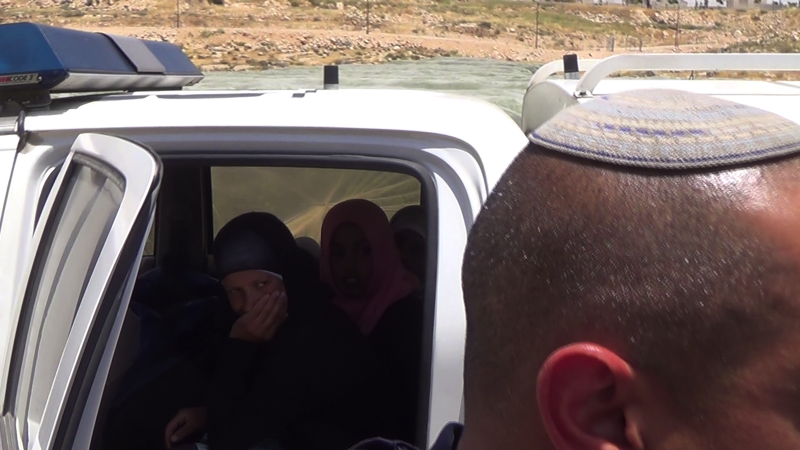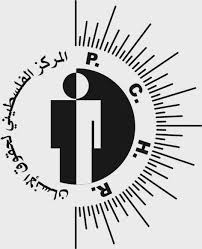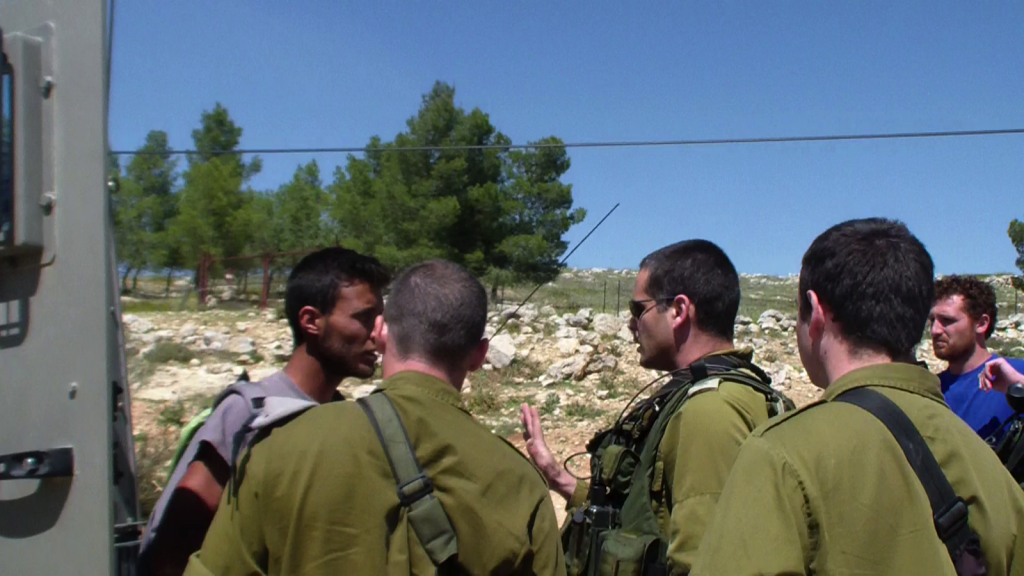Tag: South Hebron Hills
-
Four Palestinian 12-14 years old girls detained after settlers accused them of stealing cherries
29th May 2014 | Operation Dove | At-Tuwani, Occupied Palestine On May 27th, four Palestinian 12-14 years old girls from the South Hebron hills villages of Tuba and Maghayir Al Abeed were arrested by the Israeli police on the charge of theft of cherries in a field in which Israeli settlers from Ma’on settlement are growing several cherry…
-
PCHR calls for investigations into incidents in Yatta town
8th May 2014 | Palestinian Center for Human Rights | Yatta, Occupied Palestine The Palestinian Center for Human Rights (PCHR) calls upon the Attorney General to seriously open an investigation into incidents that took place in Yatta town near Hebron on Monday, 05 May 2014. The incidents included beatings, arrests, house raids, and destruction of civilians’ belongings by…
-
International volunteer attacked and injured by Israeli army
14th April 2014 | Operation Dove | At-Tuwani, Occupied Palestine On April 11 an international volunteer was attacked and injured by Israeli army, while coming back from accompanying Palestinian shepherds near Susiya. The Palestinian village of Susiya is surrounded by the Israeli settlement of Suseya, the outpost of Suseya’s Ancient Synagogue and the military base of Suseya…



